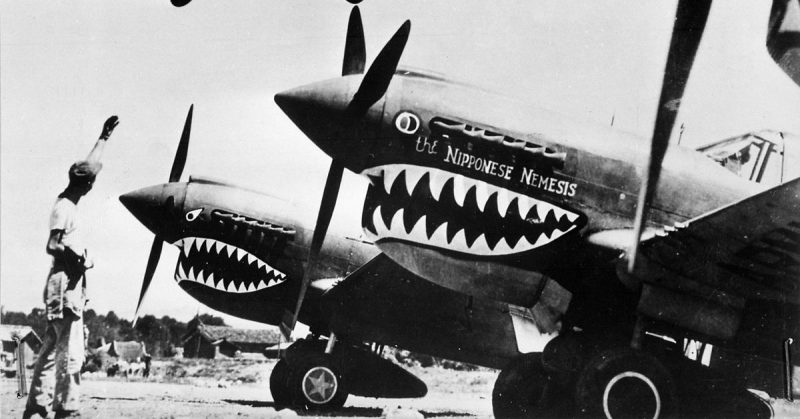Following identification, the remains of a missing Second World War U.S. pilot will be given full military honors after being returned to his family for burial, according to reports from the Defense POW/MIA Accounting Agency.
Mr. Maax C. Hammer, Jr., 25, of Cairo, Illinois, will be interred March 21 in Carbondale, Illinois. In mid-1941, Hammer, previously in the Army Air Corps Reserve, was enlisted as a member of a small group of American pilots to fight Japanese forces attacking China.
He was employed with the Central Aircraft Manufacturing Co., (CAMCO), which was officially termed the ‘American Volunteer Group (AVG) and generally known as the “Flying Tigers.”
The AVG comprised of three fighter squadrons, each with about 30 Curtiss P-40 ‘Warhawks,’ – powerful single-seat aircraft. In September 1941, Hammer was training with other AVG pilots at Kyedaw Airfield, a British Royal Air Force close to Toungoo, Burma.
Though many recruits were accomplished pilots, none had experienced combat. To ready them, the AVG started an aggressive training program, inspiring their pilots to engage in simulated battles.
Hammer was killed during a training flight on Sept. 22, 1941, when he encountered bad weather and his plane crashed. Hammer was assumed to have been buried in the St. Luke’s Anglican Church Airman’s Cemetery in Toungoo.
In late December 1947, an American Graves Registration Service unit recovered the remains of three members of the AVG.
The remains were declared unidentifiable and were provisionally interred in the U.S. Military Cemetery at Barrackpore, India in January, 1948.
Eventually, the remains were relocated to Hawaii in an effort to identify them, designated as X-633, X-634 and X-635, but identification was not successful.
On April 11, 2016, due to progress in forensic techniques, X-634 was disinterred and forwarded to the DPAA laboratory for analysis.
To identify Hammer’s remains, scientists with the DPAA and the Armed Forces Medical Examiner System employed mitochondrial (mtDNA) DNA analysis, which matched a cousin, in addition to anthropological and dental analysis, which matched his records, and incidental evidence, Defense POW/MIA Accounting Agency reported.
Of the 16 million Americans who served in World War Two, over 400,000 died during the war. Presently, there are 73,076 service members remaining unaccounted for from the war.
